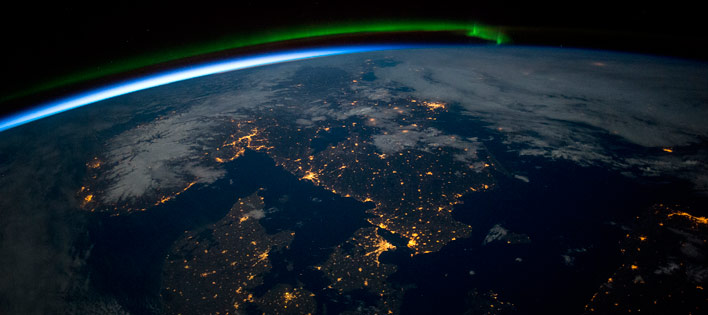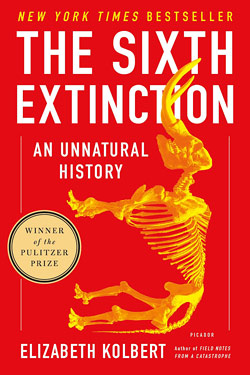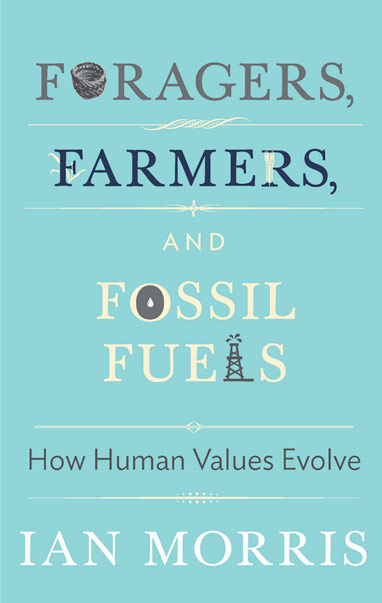
There Is No Planet B
Though other habitable Earth-like planets may exist in the (relatively) nearby universe, it is not likely we will be able to find and settle any successfully in the foreseeable future. We are stuck with what we have: a unique and amazing gift that our species is despoiling. We are now forced to change, or be changed.
Is the Earth unique in the universe? It seems unlikely – there are hundreds of millions of planets in our galaxy alone, and many billions of galaxies. How many have the conditions needed to support life as we know it? Sandra Faber believes that these conditions are so unlikely that the Earth is indeed rare. On the other hand science has progressed from Copernicus and Darwin by assuming that our world and we humans are not unique. Some researchers estimate that a great many planets must support life.
But even if habitable planets are abundant and even if some are nearby in astronomical terms, no one now living will ever visit one. They are simply too distant to reach with any existing technology. The moons and planets in our own solar system can only serve as scientific outposts at best—not colonies. So, for practical purposes, the Earth is unique, an amazing gift that our species is treating recklessly. We are destroying our existing environment, the environment that created us. Habitat destruction, pollution, over-hunting and over-fishing have all been taking place for centuries. And now we are even changing the chemistry of the air.
Elements of Earth’s Climate
The Earth’s climate is an interacting system of the air, land, snow and ice, oceans and other bodies of water, and living things as well. The atmosphere is where this drama plays out. More so even than water, the atmosphere makes life possible. This vital membrane changed our planet from a barren rock like the moon into our blue globe. The thickness of this life-giving atmosphere compared to the planet is thinner than the skin of an apple compared to its fruit.
The Earth’s climate is an interacting system of the air, land, snow and ice, oceans and other bodies of water, and living things as well.
Climate is defined as “average weather” and described in terms of the variations in temperature, precipitation and wind over a period usually lasting 30 years, although for different purposes it can be divided into months or even millions of years. The climate system is powered by energy from the Sun that reaches the Earth. This system can change in three fundamental ways:
- Changes in the amount of sunlight that makes it to Earth, say from changes in the Earth’s orbit or in the Sun’s output itself.
- Changes to the incident energy that is absorbed as heat, for example from changes in cloud cover, atmospheric particles or vegetation.
- Changes in the amount of energy that the Earth discharges back into space, for example by varying concentrations of the gases that trap energy in the atmosphere (the greenhouse effect).
Without the greenhouse effect, the average temperature of Earth’s surface would be about the freezing point of water.
Natural greenhouse gases, including carbon dioxide (CO2) and methane (CH4), act indirectly on temperature by changing the humidity. Water vapor, or humidity, can hold a great deal of heat. Changes in greenhouse gases cause small temperature changes that add or subtract water vapor from the air. These humidity changes in turn can then cause larger temperature changes. (Water vapor itself is not usually considered a greenhouse gas because it will fall from the sky within a few days if not forced to remain.) Without the greenhouse effect, the average temperature of Earth’s surface would be about the freezing point of water.
The climate can also be changed by external factors, or “forcings.” External forcings are natural events like volcanic eruptions. Only recently have we learned that humans can act as a forcing as well.

The climate response itself can either amplify (positive feedback) or reduce (negative feedback) a climate forcing. For example, as Earth’s climate warms, snow and ice begin to melt, exposing land and water beneath the snow and ice; these darker surfaces then absorb more of the sun’s heat, causing more melting, and so on. This process is known as “ice-albedo feedback” and it amplifies the initial, small warming. There are many other climate feedbacks, and some have both positive and negative effects.
Planet A
Is … continued growth what our species now understands as its purpose? It was not always so.
By burning fossil fuels and clearing forests, we have greatly increased the CO2 in the atmosphere. Although fossil fuels have enabled many societies to improve material lives and increase lifespans, such sustained economic growth, even the very idea that a society can progress, is one of several very recent developments. Is such continued growth what our species now understands as its purpose? It was not always so.
The resources needed for material growth are limited. Economist Thomas Malthus famously raised concern about these limitations in the late 18th century, and predictions since then have continued to warn that unrestricted population growth will eventually outrun resources. Overly pessimistic forecasts have at times lent credence to skeptics and denialists of this idea, and many people whose fortunes depend on keeping things as they are claim we can continue to invent our way past any limits. Some even imagine we can do so by moving to a Planet B.
Other skeptics say that because the climate has changed before, our current predicament is a natural development, and nothing should, or even can, be done. The best that can be said about such an argument is that it is ignorant. Yes, there have been great changes to the Earth’s climate. There have been times when the planet was covered in ice from pole to pole, or when the areas where most people now live have been far beneath the sea. But such environments are not hospitable to life as we know it.
Change Or Be Changed
More than 50 years ago the Club of Rome published Limits to Growth, an exhaustive study of the interaction among population, economics, technology and resources. It predicted societal collapse if governments and business continued as usual. Despite virulent criticism in the decades since, the scenarios projected in this report have proven remarkably accurate. Yet the many millions of people who live in dehumanizing poverty certainly deserve to have their material lives improved. How can we do so without ruining the world we all share? And for people who already have all they need, can it ever be enough? The Limits to Growth proposed that what was needed, more than new technology or new resources, was a new way of thinking.
If we continue as we have, the planet and some of its life will survive in one form or another, but civilization, and perhaps humans themselves, may not.
What that thinking might be is detailed in Robert Ornstein and Paul Ehrlich’s New World, New Mind, which describes the origins, benefits and dangers of the minds we inherited. Our old minds created the global problems we face; and we cannot solve these problems with old-mind thinking. If we continue as we have, the planet and some of its life will survive in one form or another, but civilization, and perhaps humans themselves, may not. Fortunately, we are in a position to understand what is happening. We have everything we need to fix this, and by doing so we can also fix ourselves.

The Sixth Extinction
An Unnatural History
Elizabeth Kolbert
With all of Earth’s five mass extinctions, the climate changed faster than any species could adapt. The current extinction has the same random and rapid properties, but it’s unique in that it’s caused entirely by the actions of a single species—humans.

Foragers, Farmers, and Fossil Fuels
Ian Morris
Human social development, says Morris, is constantly generated by environmental and social factors. The amount of energy that can be extracted from the environment through technology defines the social possibilities, and thus influences the attitudes and world view of each epoch.
In the series: Our Finite Planet
Further Reading »
External Stories and Videos

Watch: Cosmic Knowledge and the Future of the Human Race
Sandra Faber, Kraw Lecture Series, UC Santa Cruz
National Medal of Science winner Sandra Faber describes how the profound insights of cosmology take the issue of sustainability out of the personal and into a more objective consideration of where – and if – we are going.

Watch: David Wallace-Wells | The Uninhabitable Earth
Extinction Radio
Famine, economic collapse, a sun that cooks us: What climate change could wreak — sooner than you think.

